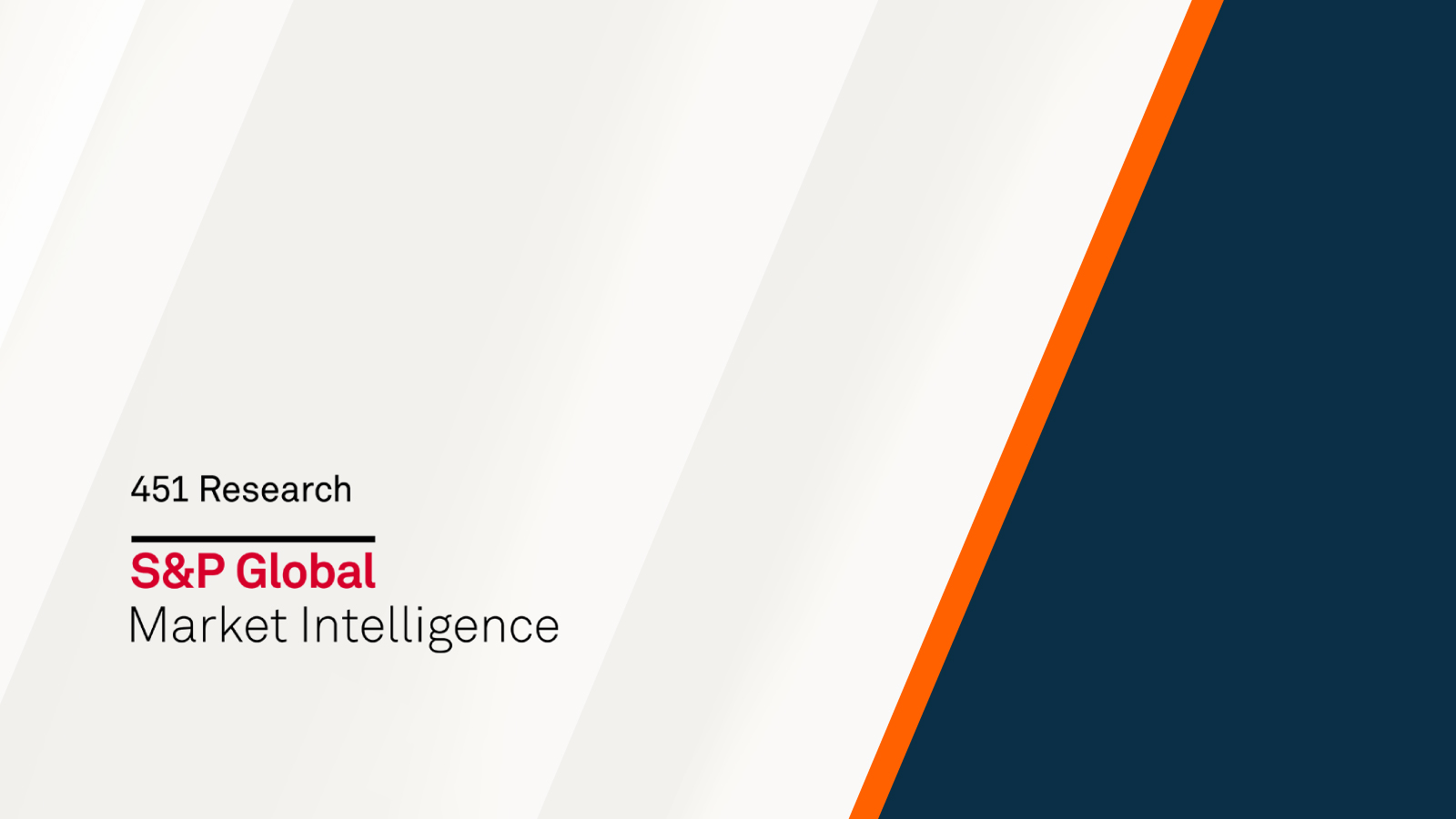In an era defined by rapid AI adoption, building the right workforce strategy has never been more critical. Every decision — whether to invest in AI, hire or outsource, reskill or restructure — carries high stakes, shaping both profitability and long-term growth. Yet, with the right approach, leaders can turn this complex challenge into a powerful competitive advantage.
Architecting a future-proof workforce strategy
Why does workforce strategy keep executives up at night? Because what was once an HR function has become the most critical lever of sustainable growth and profitability. To make the right moves, leaders must balance human potential with technological acceleration, and that comes down to one central question: should you buy, borrow, build, or automate?
Buy / Hire: Recruit external talent to fill critical skill gaps
Borrow / Outsource: Leverage third-party teams to access specialized skills and reduce costs
Build / Develop: Grow internal talent to strengthen institutional knowledge and loyalty
Bot / Automate: Harness AI and automation to drive efficiency and unlock new capabilities
Each path offers advantages and trade-offs. Hiring deepens expertise but increases cost. Automation accelerates output but risks skill erosion. Outsourcing buys time but can hollow out culture. The true challenge isn’t choosing one path; it’s building a cohesive strategy that integrates them into a unified, future-proof model.
Navigating workforce trade-offs
Getting this balance wrong is catastrophic. It leads to wasted resources on strategies and initiatives that fail to deliver, stalled growth as you lack the right capabilities to compete, and a disengaged workforce that has lost trust in its leadership.
According to a Gartner survey, less than half (47%) of CHROs believe their current company culture drives performance. The critical question isn’t what path to choose, but how to navigate these unavoidable trade-offs to build a resilient workforce model that thrives no matter what.
Explore how an industry-leading AI firm is building a scalable workforce planning foundation for hypergrowth and how agility unleashed exponential growth.
Pressure testing your talent strategy
Static annual plans can’t keep pace with disruption. Modern workforce strategy must operate like a dynamic GPS: constantly rerouting based on new information.
By running "what-if" scenarios, leaders can move from forecasting to future-proofing. This strategic simulator pressure-tests assumptions against market shocks before you commit your company's future, enabling you to build a talent strategy that is not just robust, but truly resilient.
Let's explore the critical scenarios leaders across key industries are grappling with right now.
| Industry sector | Core challenge | Scenario to model | Impact on hiring strategy |
|---|---|---|---|
|
Technology, media, and telecom |
The race for AI talent |
What if... we can only fill 50% of our open AI/ML roles in the next 12 months due to extreme talent scarcity? |
Requires: "Hire-to-mentor" programs and codifying institutional knowledge into automated systems. |
|
Financial services and insurance |
Digital disruption and aging workforce |
What if... 30% of our senior underwriters with 20+ years of experience retire in the next 24 months, taking their knowledge with them? |
Requires: "Hire-to-mentor" programs and codifying institutional knowledge into automated systems. |
|
Consumer products and retail |
High frontline employee turnover |
What if... we invest in better frontline manager training to reduce store-level turnover by 25%? |
Requires: A retention-based strategy that prioritizes career pathing and uses data to predict turnover. |
|
Manufacturing and automotive |
Skilled labor and green transition gap |
What if... we move a production line to a domestic market, but face a 70% skills gap in local talent? |
Requires: Proactively building the talent pool by funding vocational schools and creating apprenticeships. |
|
Healthcare |
Clinician burnout and staffing crises |
What if... nurse burnout rates increase by another 15%, forcing reliance on travel nurses and raising labor costs by 40%? |
Requires: A wellness-focused strategy, hiring for flexible roles, and using analytics to optimize scheduling. |
|
Life sciences and pharma |
The race for specialized R&D talent |
What if... we absorb the H1-B rate hike for 50 specialists, impacting R&D projects and discretionary project spending? |
Requires: De-risking the pipeline by creating a sustainable, internal funnel of specialists through academic investment. |
|
Public sector and higher education |
Modernizing a legacy workforce |
What if... 40% of our senior employees with critical institutional knowledge are eligible for retirement in the next 3 years? |
Requires: A focus on succession and knowledge transfer, creating formal mentorship programs to prevent capability gaps. |
Connecting your people, plans, and profits with Anaplan
Traditional workforce planning is no longer just outdated; it’s a liability. Relying on manual, static spreadsheets exposes your organization to spiraling costs, escalating turnover risks, and decisions based on stale, incomplete, and inaccurate data.
It’s time to replace guesswork with intelligence.
Anaplan for Workforce Planning transforms your workforce strategy into a connected, data-driven discipline, so you can:
Model “what-if” scenarios to test the impact of AI adoption, outsourcing, or restructuring before committing
Evaluate the full financial implications of every decision in real time
Forecast skill needs, assess talent capacity, and align plans with market and compliance shifts
Connect strategic goals with operational execution for seamless coordination across HR, finance, and business units
With this level of visibility and agility, your business can:
Optimize workforce costs and deploy top talent more effectively
Improve retention through better alignment of roles, training, and development
Enable cross-functional collaboration that ties workforce plans directly to business outcomes
Increase forecast accuracy and confidence in every decision
By giving HR and finance a unified view of your workforce and costs, leaders can finally turn workforce dilemmas into decisive, strategic actions.



